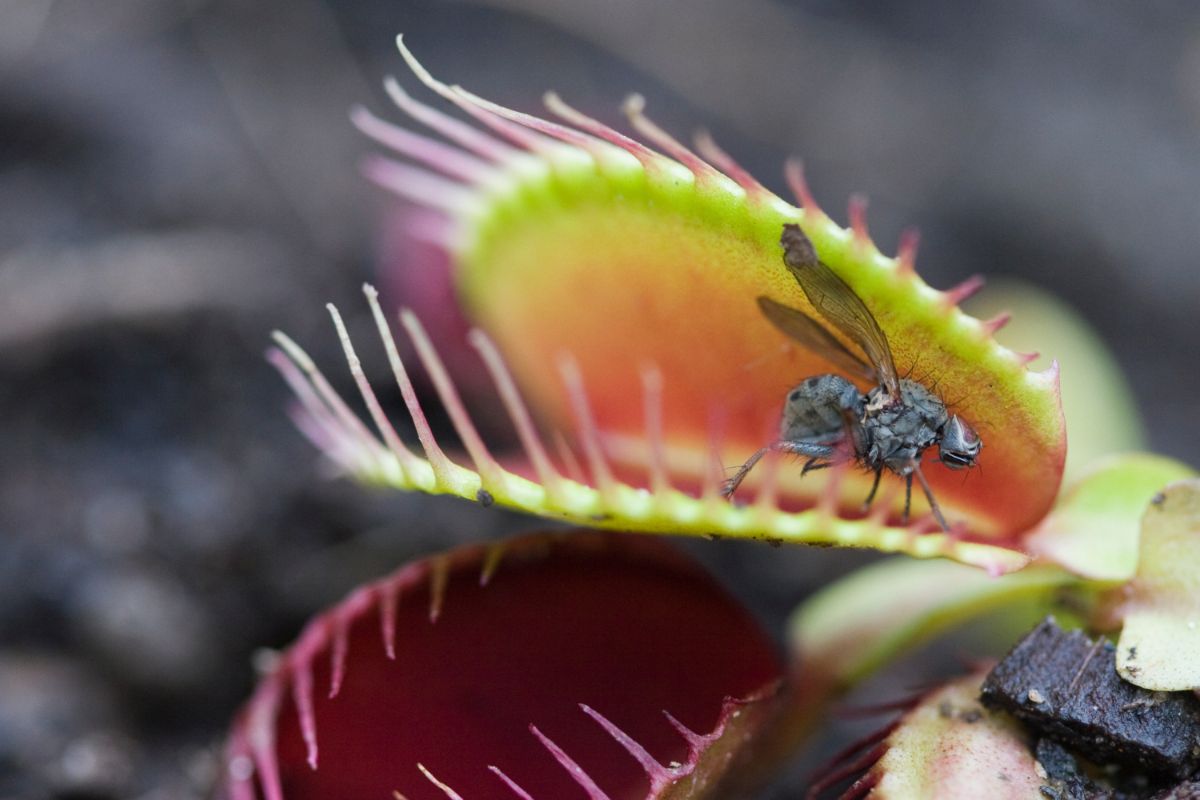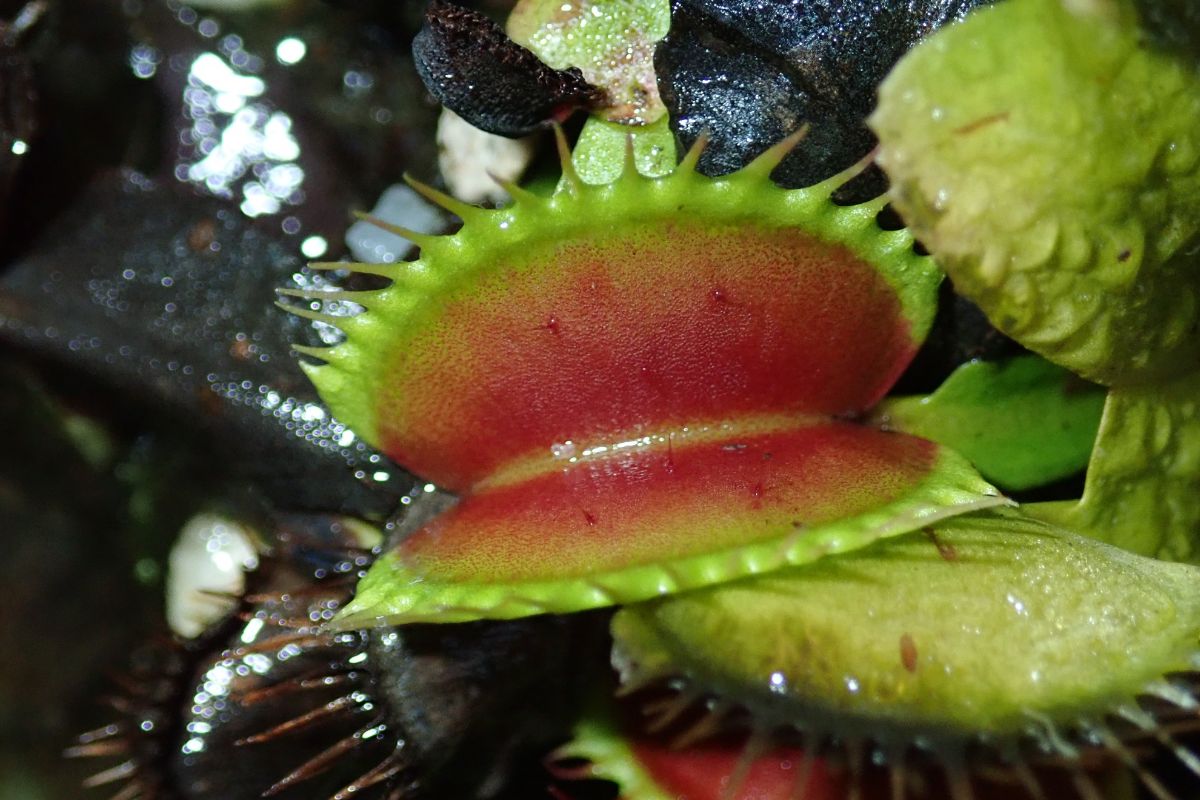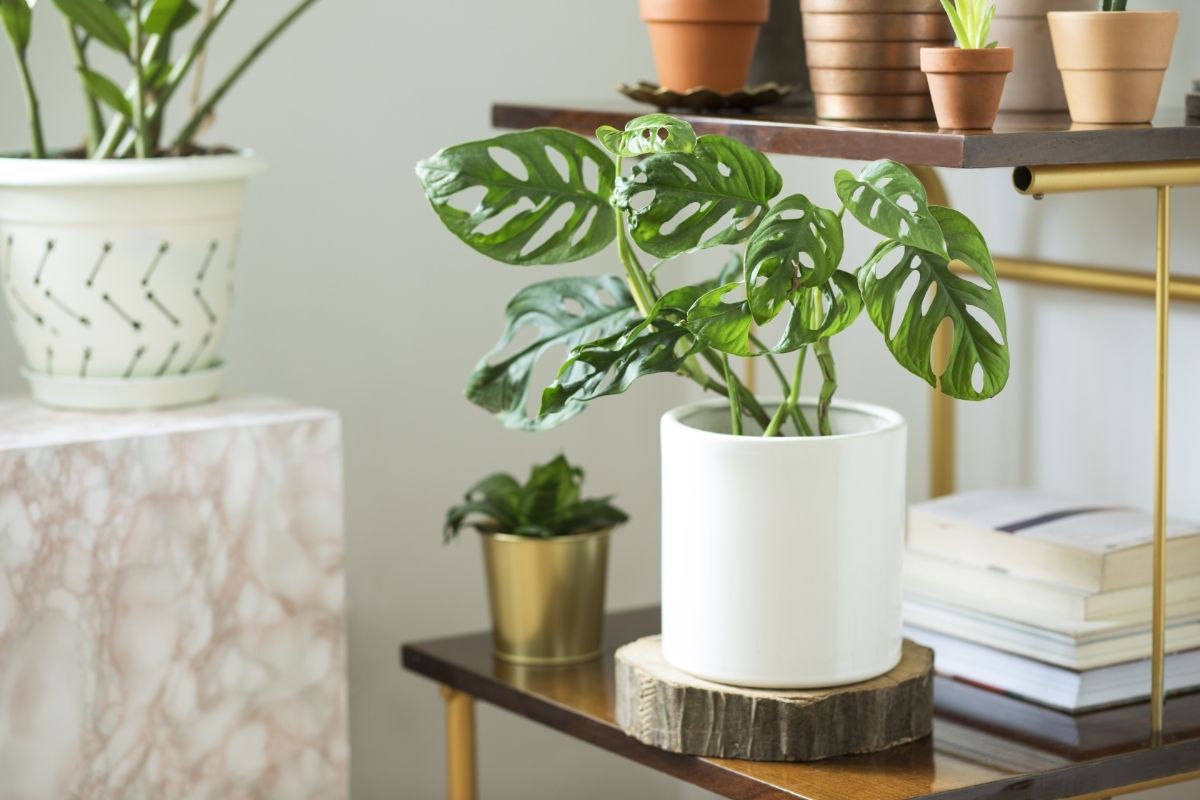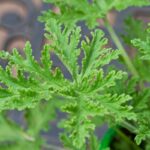Venus fly traps may seem like something out of a horror or science fiction movie, but they are very real and truly fascinating plants.
Known for having a carnivorous diet, Venus fly traps have the unique ability to trap and digits insects.

These plants are popular among gardening enthusiasts and make for an interesting addition to any collection of plants.
While Venus fly traps can be relatively easy to care for, they can also be prone to various problems that can cause their leaves to turn black, which is a cause for concern among plant owners.
If you’re one of these concerned plant owners, you’ll want to know the answer to “why is my Venus fly trap turning back?” Well, you’re in the right place to find out!
It’s important to identify the cause of this issue and take the necessary steps to address it. Black leaves on a Venus fly trap can be a sign of a range of problems, from natural aging to disease or pests.
Understanding the reasons why your plant’s leaves are turning black can help you determine the appropriate course of action to keep your Venus Fly Trap healthy and thriving.
To help you, we will be exploring the possible reasons why your Venus Fly Trap may be turning black and provide some tips on how to address the issue in today’s post.
Main Reasons Why A Venus Fly Trap Plant Turns Black
The first step when noticing your Venus fly trap turning black is usually to panic! But, there is no need to do so, as it is most likely experiencing something completely normal.
The most common reason a Venus fly trap may start to turn black is that it has reached the end of its lifespan and has started to die. For each individual trap, you can expect them to have a lifespan of around three months.
During this time, it will catch around one to four insects (yes, not quite like the movies).
Don’t get too disheartened if the traps are starting to die, as new growth should start to appear in the form of green sprouts. These should replace the blackened traps, starting the life cycle all over again.
Whilst the end of the plant’s lifespan is the number one reason behind it turning black, there are a variety of other possible reasons behind this color alteration.
Let’s explore some of these below.
The Plant Has Been Overfed
If you have fed each trap on your plant, then this may be why it has started to turn black.
Whilst insects provide the traps nourishment, opening and closing every trap, as well as the digestion process, requires a great deal of energy.
If too much energy is concentrated on photosynthesis to develop new growth, then the traps may start to die.
Another way overfeeding the traps can affect the plant is when there is excess nitrogen present. This can be solved by avoiding feeding the plant by hand for around a month.
This will give the Venus fly trap enough time to recover and start to catch its own food.
Once the new leaves have matured and opened again, you can start feeding the plant again. However, only feed one to two traps once per week.

The Plant Has Been Moved/Repotted, Resulting In Stress
Have you acquired a new plant in the past few weeks or months and transplanted it into a new pot? If yes, it’s normal for the plant to experience some dying traps as it adjusts to the new environment.
To reduce the stress of repotting, it’s advisable to wait until the end of dormancy (around February or March) before transplanting.
Even if the plant remains in the same pot, transportation from the nursery, such as being moved in a box or via a vehicle, can cause stress. Ultimately, giving the plant sufficient time and proper care is the most effective remedy.
The Plant Has Eaten Something Large
When digesting its food, a Venus fly trap needs to shut the sides of its leaves until they are sealed together.
On some occasions, a large insect with long wings or legs can get caught in the trap, causing their wings or legs to become stuck in the trap and dangle outside it.
Therefore, the trap may not be able to seal sufficiently, leading to premature blackening and death.
It is important that the food you feed your Venus fly trap is around one third the size of the trap.
Of course, it’s not up to you what your plant may want to eat on its own, so you may find it has bitten off more than it can chew at times.
If this occurs, it’s best to leave the plant be and allow for the natural process to take place and for new growth to develop.
Preparing For Dormancy
As the cold weather draws near, Venus fly traps may shed more leaves in readiness for dormancy, which is a completely natural process, vital for their survival.
During dormancy, some plants may lose all their traps, while others may have a few left. New growth will be minimal until the following spring, and the only option is to wait.
Although dormancy can be frustrating for growers, it makes one appreciate the beauty of the Venus fly traps during the summer.
To counter the dormancy blues, you could consider getting an effortless tropical plant, such as a cape sundew, as well.
In Summary
Whilst there are numerous possible reasons for a Venus fly trap turning black, the most common one is that it has reached the end of its life cycle.
If you notice new green growth coming through again, then you can take a deep breath, knowing the plant is growing fresh traps once again to repeat the life cycle. And, that, our friend, is the beauty of nature.
- Best Hanging Plant For Low Light - September 4, 2023
- Best Indoor Plants Florida - August 28, 2023
- Best Plants For Bathroom Smells - August 21, 2023








